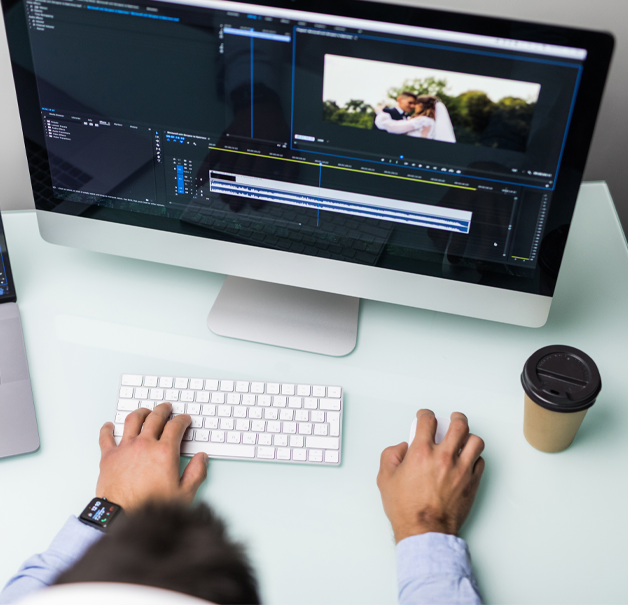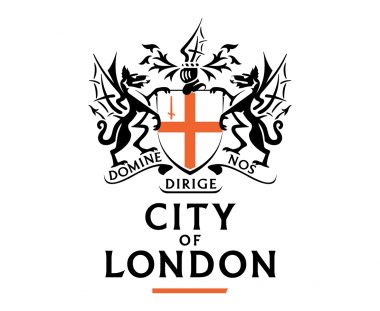This blog on accessible video considerations continues our series, looking into what comparisons can be made between inaccessible website elements, which an AXSChat Podcast inspired.
After finishing my original blog, I decided to expand and tell you a bit more about specific areas of assistive technology features that should be used and accessible within a digital platform. This should be the case whether on a website, a document, or any other digital information.
This specific blog explores how to create inclusive videos for all.
What Problems May Arise for Visually Impaired People If Features to Make Accessible Video Are Ignored
A video is a wonderful way of bringing information to life and engaging with your website visitors. It is a unique way of getting your message across to everyone through vibrant colours and striking visuals. Well, it would be if all accessibility features were upheld on videos.
As someone who can’t see, if there are any silent parts within a video or just music playing, it would leave me wondering what was happening on the screen. Would I be missing out on any vital information that is being displayed?
Since lockdown, during the COVID-19 pandemic, webinars have become more popular than ever. Often, these have presenters who refer to information that is displayed behind them on a board or a screen. Without an explanation of what is being shown, blind people or viewers with low vision would only be given the information “you can see here”, leaving people in the dark as to what details they are referring to. So, when presenting a webinar, approach it like you are speaking to an audience that has blind people watching, too.
Apart from webinars, all videos would give a wonderful experience to blind people if an audio description was included.
How You Can Support Deaf Users And People Who Are Hard of Hearing Online
Any audio on a video and subsequent information without captions or a transcription of the media content would leave Deaf users or people who are hard of hearing wondering exactly what information is being given. So, it’s vital to always include these with every video you post on social media or add to your website. It’s also important to remember to check the accuracy of captions if using automated ones.
What Is Audio Description And Video Transcriptions?
Audio description is where a narrator describes any action that is taking place when there is no speaking.
A video transcription is where people with hearing or sight loss can read a script of the video content. This will give people all of the verbal interaction, along with any visual references or auditory information that needs to go alongside the text, giving context, instructions and interaction.
These two inclusive facilities, along with video captions, will allow all media information to be given to everyone.
How To Protect People Who Are Photosensitive With Digital Media
What about people who are affected by flashing images? I have not come across any information on a web page before, when activating a video play button as to whether there is any flashing imagery. However, on TV, you always hear the presenter announcing ‘that there may be flashing images in this programme’ to make people aware and keep them safe.
If viewers don’t hear this warning when watching television, then they would have the confidence that the content should be ok for them to watch. Unfortunately, this isn’t the case on digital media, leaving users unsure whether a video could trigger a seizure. Placing a simple warning before media content online and ensuring files don’t automatically play could help to provide a safe space for these users. Even better, ensure your content does not contain anything that flashes more than three times in any one-second period or the flash is below the general flash and red flash thresholds.
A Comparison For Users Without Disabilities On The Need For Accessible Video
Before I lost my sight, I never gave consideration to what a video would be like for people without vision or hearing.
The closest I would come to this experience is when I needed subtitles for foreign language programmes. I suppose the only other time this would have been a problem for me is if it affected me halfway through a video or a programme, and the sound went off, leaving me only seeing the action taking place. This would then lead to frustration with not knowing what they were saying. I’d soon be moaning about how inconvenient it was and asking why they couldn’t sort it out.
Then, to twist this scenario around, if a screen went black, leaving me only hearing the audio and not seeing what was happening, it would be the same reaction in a different sense.
So, a similar experience would be if you came across a video on a website that had no sound or picture. You would miss out on the information that the media was portraying, and I’m sure you would be angry about the experience that you were left with.
It is all about giving information to everyone, especially on your websites or social media channels. Creating an accessible video is a wonderful way of providing inclusive content that can be enjoyed by all.
Eliminating Inaccessible Digital Platforms
I know I have used this last paragraph at the end of each of this series of blogs, but it relays the important message of all the blogs written:
These are just a few comparisons between most people’s everyday life experiences and one of the inaccessible features of digital information in their life. However, there really is no need for any inaccessible areas, as there are always alternatives.
Think about when you could not get access to something. Whether it is in a shop or around your normal life experiences. There is no real reason why you should not be able to gain access. It is usually due to someone having made it inaccessible to you because of the design and not thinking of your individual needs as a customer in a specific situation.
It’s time to make a change and be inclusive.
Over the next few months, I’ll be blogging about ways that you can adapt your websites to achieve digital accessibility and improve the user experience for everyone.
For more details about how we can help with website accessibility testing, please get in touch with our team today.







